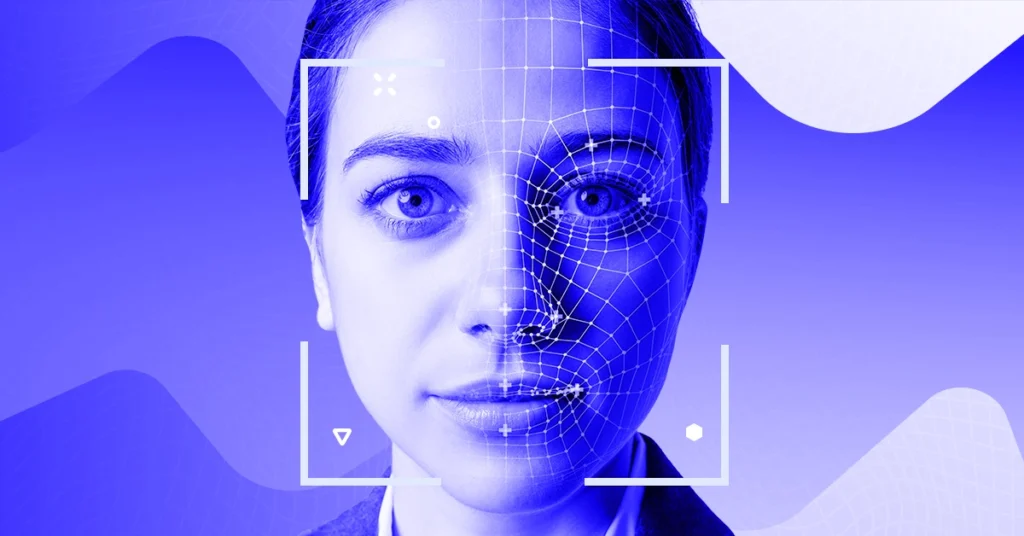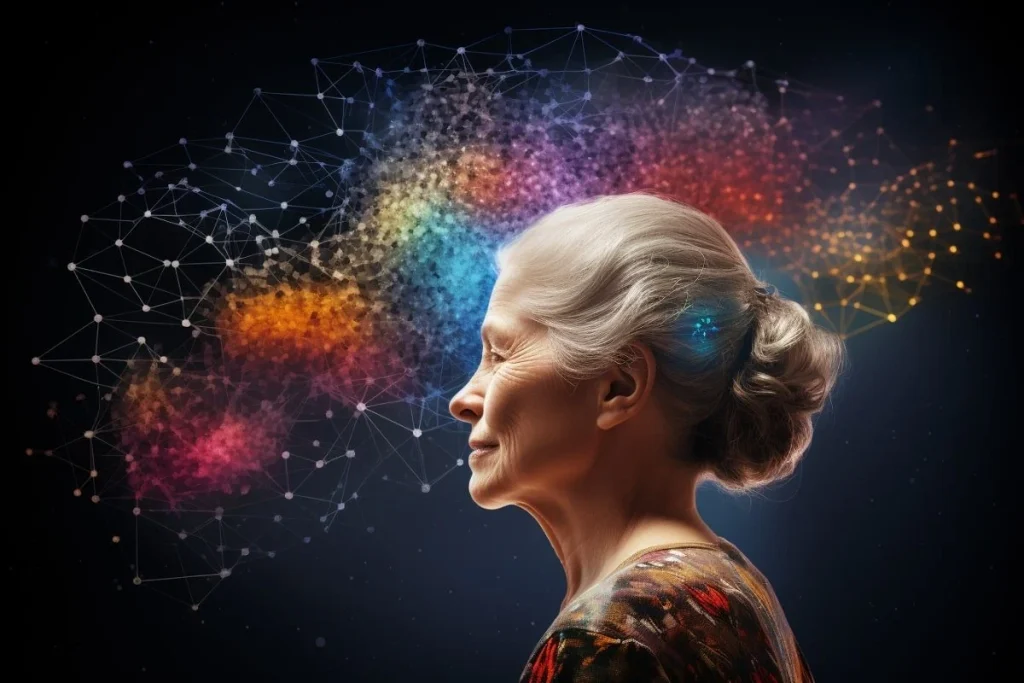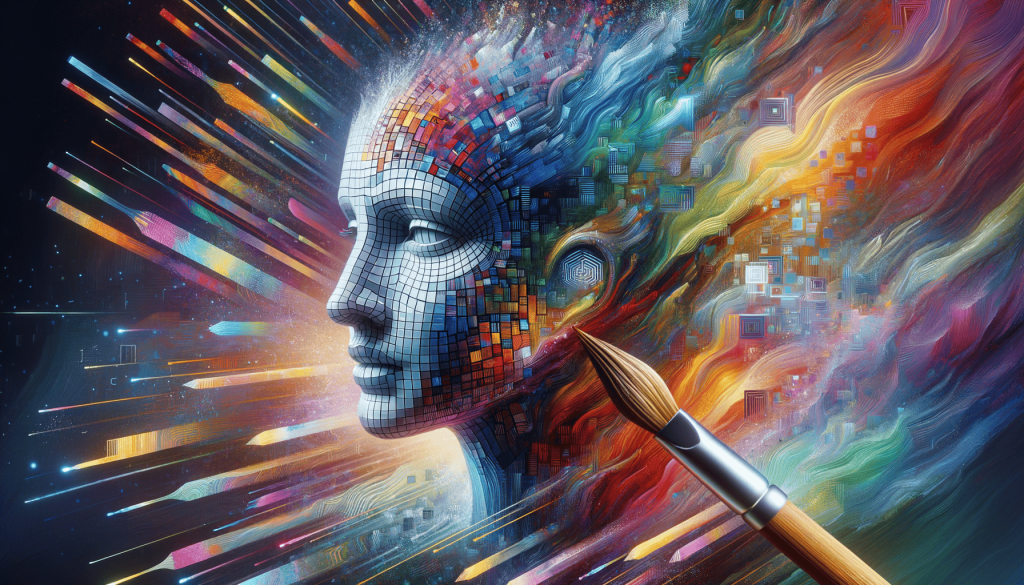Will AI Ever Understand Human Emotions or Just Mimic Them?


Introduction
As artificial intelligence (AI) continues to advance at a breathtaking pace, questions about the extent of its capabilities are burgeoning. One such question at the heart of human curiosity is whether AI will ever truly understand human emotions, or if it only mimics them skillfully. Emotions are complex and nuanced, entwined with empathy, culture, and personal history. In a world where AI has already mastered tasks ranging from the mundane to the remarkably complex, the enigma of emotional intelligence remains largely unsolved. This blog post explores the possibilities and limitations of AI in understanding human emotions, providing insights into whether machines will transcend from imitation to genuine comprehension.
The Science of Emotion in Humans
Understanding emotions is a multifaceted challenge even within the human brain. Emotions like joy, sadness, anger, and empathy are not mere responses but are intricately linked to neural processes and hormonal changes. The brain regions most associated with emotions, such as the amygdala, prefrontal cortex, and the insula, work in concert to interpret and respond to emotional stimuli.
Moreover, emotions are deeply personal and subjective, influenced by individual experiences and cultural background. The perception of a smile, for instance, varies across cultures—what signifies joy in one culture might carry a different meaning in another. Such complexity poses significant challenges in teaching machines to “understand” emotions rather than simply identifying and categorizing emotional expressions.
AI’s Current Capabilities in Emotion Recognition
Today’s AI can recognize emotions to a certain degree through technological advancements in facial recognition and natural language processing (NLP). Companies are investing in AI systems that can analyze micro-expressions, tone of voice, and even physiological responses to determine a person’s emotional state.
For instance, AI-driven chatbots and virtual assistants have evolved from the rudimentary Clippy of Microsoft Word days to sophisticated programs like Google Assistant and Amazon’s Alexa, which can respond to queries with empathetic touchpoints. However, these systems largely operate on algorithms trained to detect patterns rather than genuinely understanding the user’s emotional landscape. The success of these technologies is credited more to data processing and pattern recognition than actual comprehension.
Mimicry vs. Understanding: What’s the Difference?
The distinction between mimicking and understanding emotions is paramount. When AI mimics emotions, it applies scripted responses based on recognized patterns, somewhat like an actor delivering lines without feeling the part. Understanding, on the other hand, implies a deeper level of processing that includes self-awareness, empathy, and adaptability in unstructured situations.
To transition from mimicry to understanding, AI would need to develop a form of emotional intelligence akin to humans. This would require not only recognizing and responding to emotions but also understanding the context and adapting responses in a nuanced manner. Currently, AI lacks the subjective experience, a fundamental obstacle to achieving true emotional comprehension.
Case Studies: AI Emotional Intelligence in Action
One notable application of AI emotional recognition comes from the realm of mental health. Tools like Woebot use AI to simulate conversations with users to provide mental health support. Woebot employs cognitive-behavioral techniques to offer tailored advice based on user inputs.
Another interesting use is in customer service, where AI systems detect customer sentiment from voice or text inputs to escalate issues appropriately. Despite remarkable advancements, these systems primarily excel in structured environments with predictable patterns.
Consider Sophia, the humanoid robot developed by Hanson Robotics. Sophia can emulate a wide range of human emotions through expressions and conversation. Yet, her responses are pre-programmed; while convincing, they do not reflect true emotional understanding.

Barriers to AI Emotional Comprehension
Achieving true emotional understanding in AI is problematic due to several inherent challenges:
1. Lack of Subjectivity: Emotions are subjective and personal. AI, driven by logic and objectivity, lacks the intrinsic experience of personal emotion.
2. Cultural Sensitivity: As previously mentioned, emotions and their expressions vary greatly across cultures. Teaching AI systems to navigate this complexity is daunting.
3. Ethical Concerns: Programming AI to fully understand and influence human emotions could lead to ethical dilemmas, including manipulation and infringement of privacy.
4. Complexity of Emotions: Emotions are deeply interconnected with human consciousness and subconsciousness. Simulating this complex web would require revolutionary breakthroughs in AI design and capability.
The Future of AI and Emotional Understanding
Looking ahead, the journey of AI in comprehending human emotions is both promising and uncertain. Breakthroughs in neural networks, machine learning, and data analytics are steadily closing the gap between mimicry and understanding. However, whether AI will achieve genuine emotional comprehension remains unclear.
Future advancements may see AI systems that form more personalized and adaptive interactions, improving applications in healthcare, education, and customer service. Collaboration between AI scientists, psychologists, and sociologists will be crucial in overcoming the barriers and ethical concerns surrounding this development.
Conclusion
The question, “Will AI ever understand human emotions or just mimic them?” remains open-ended. While AI systems today have made remarkable strides in recognizing and responding appropriately to emotions, genuine comprehension akin to human emotional intelligence is still a distant frontier. As technology evolves, so too will our understanding of what it means for a machine to “understand” versus “mimic.” Until then, the intersection of AI and human emotion remains a fertile ground for exploration, debate, and discovery, with immense potential for enriching human-AI interaction.






